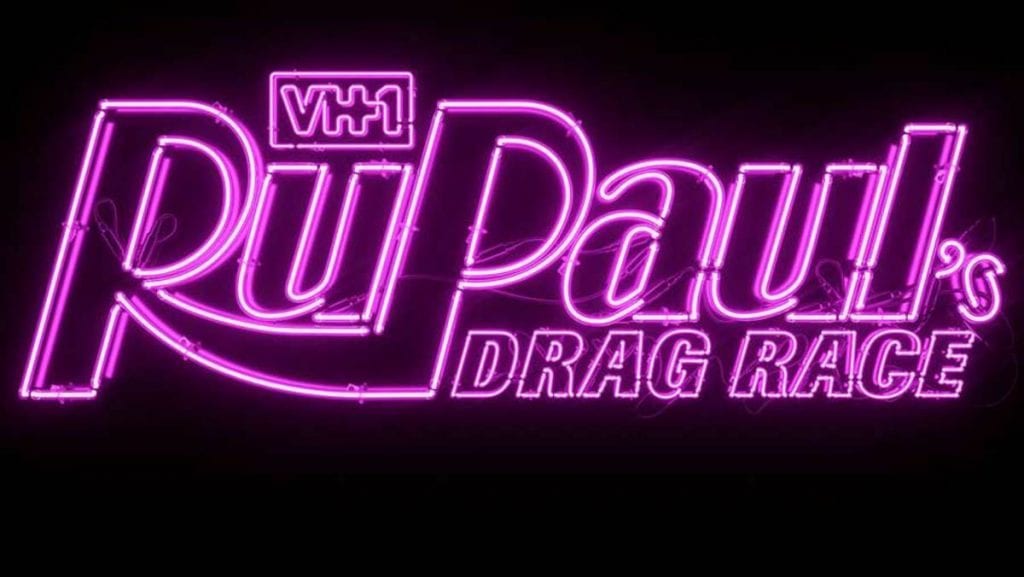“When RuPaul’s Drag Race debuted in 2009, it was meant to be a fun way, loosely based on reality show America’s Next Top Model, to celebrate the art of drag,” RuPaul tells CNBC. A decade later, the show – which sees drag queens compete in weekly challenges, including creating and modeling runway looks, and lip-syncing before a panel of judges in furtherance of the show’s goal to find “America’s next drag superstar” – just finished its 11th season. It boasts two spin-off shows, growing viewership, and 9 Emmy Awards after being nominated a whopping 23 times.
The show, itself, dates back to 1993 when RuPaul Charles, Fenton Bailey, and Randy Barbato first conceived of the idea of a competition show starring drag queens. However, “In 1993, no one was ready,” Barbato told CNBC. Not much had changed between then and 2009, but the trio got lucky when the then-4 year old LGBT-centric Logo network greenlit the project.
In addition to garnering record ratings for VH1 (after moving from the smaller Logo network in 2017, the show’s viewership numbers doubled to 1 million) amongst the highly sought-after 18- to 49-year-old demographic and helping to “challenge ideas about what drag culture and even queer identity means in 2017,” per Vice, the show that was once deemed to be unmarketable has spawned a massive, global brand – one worth well within the range of double-digit millions.
Aside from the undisclosed revenues earned by VH1’s $12 billion-plus per year parent Viacom in connection with the long-running show, the RuPaul Drag Race entity, itself, and its related ventures, are bringing in tens of millions of dollars in connection with their in-demand DragCon events, branded merch sales, and world tours.
In 2015, for instance, the show’s creators – by way of their World of Wonder production company – held the first ever RuPaul’s DragCon in Los Angeles, a three-day event “celebrating art, pop culture, and all things drag.” Inspired by the famed Comic-Con, which is held in San Diego and has inspired off-shoots in New York and Washington, DC, the success of the initial event prompted bi-annual, bicoastal repeats. So, every year on one weekend in May in Los Angeles and one in September in New York, DragCon welcomes tens of thousands of fans and queens, who take part in panels, master classes, autograph sessions, and merch shopping.
And the demand is striking. When DragCon launched in Los Angeles in 2015, it welcomed 13,725 attendees. By 2018, that number had jump to more than 50,000 people.
Meanwhile at the Javitz Convention Center in New York, “DragCon sold out its first year” in 2017, says Fenton Bailey, executive producer of “RuPaul’s Drag Race” and co-creator of DragCon. That same year, World of Wonder sold over $8 million worth of merchandise at its two events in Los Angeles and New York, which drew more than 35,000 and 40,000 people, respectively. Add to those merch-related revenues, the ticket cost of $40 per person or $70 for the full weekend, and you end up with an estimated $5.63 million in sales.
The RuPaul Drag universe goes beyond the official DragCon events, though. World of Wonder maintains a packed calendar of tours, which see former show contestants travel the world – from the U.S. and Canada to Australia and New Zealand – to perform. Want to get your hands on tickets for the current Drag Race Werq the World tour – which stars Eureka, Kameron, Kim, Michelle, Monet, Naomi, Valentina, and Violet? They will set you back between $55 and $165. As for resale tickets for the upcoming show in New York, those are going for a much as $1,000 each.
“This is the only real TV franchise where in some ways everyone is a winner, because all these girls go out and they may tour around the globe,” Barbato told BBC. He says that some Drag Race-affiliated queens earn up to $10,000 per appearance and many “are making six figures a year.”
Willam Belli, a season 4 contestant, has gone on to be the face of campaigns for Magnum Ice Cream and American Apparel, while Shangela Wadley, who first appeared in season 2, has spawned her own mini e-commerce empire, selling everything from pins and posters to t-shirts and wigs. “Right after season three of Drag Race is when we started to understand that we had a fan base that wanted to support us through product and merchandising,” she told Vox. “That it would actually sell!”
After all, these budding starlets have learned from the best. To date, RuPaul has fronted MAC cosmetics campaigns, published at least 3 books, released 14 studio albums, created her own doll, and launched her own heavily-downloaded podcast, all while maintaining an extensive collection of merch all her own.













